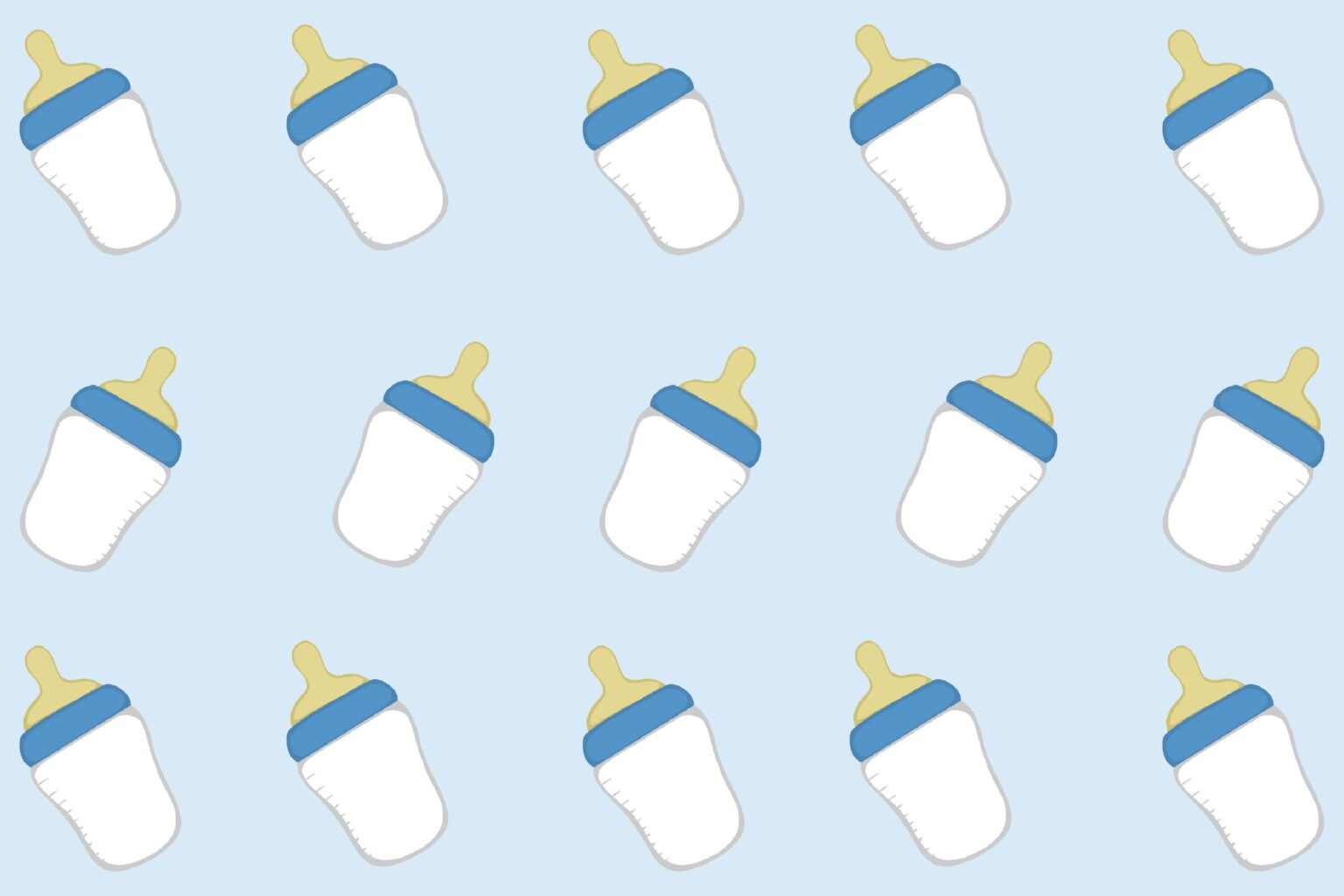Low Milk Supply

1. Low milk supply
Some women find themselves unable to produce an adequate breast milk supply to meet their babies’ needs, but fortunately, there are some evidence-based options to help them increase their production. It’s important to note, however, that truly low milk supply is actually pretty rare among breastfeeding women, so before you try every tip on our list, be sure that it is really an issue for you.
2. Focus on nursing
A great place to start trying to increase your milk supply is by setting aside a weekend (or a time when you have a partner or friend around to help) to take a “nursing vacation.” This means that instead of focusing on your to-do list, you focus entirely on your baby. Get as much skin-to-skin time as you can, and let your baby feed as much as he or she wants. This contact can not only increase your supply, it also gives moms much-needed rest and bonding time with baby.
3. Feed more frequently
The more you feed your baby (and empty your breasts), the more milk your body will produce. If your milk supply is low, you should consider letting go of plans to get your baby on a schedule or reduce nighttime feedings, in favor of feeding your baby whenever he or she is hungry. By doing so, your body should react by producing more milk.
4. Pump
Again, removing more milk from your breasts is the goal here. Pumping or hand expression may be a good way to encourage breast milk production, but it’s also important to know what you need to do with the milk you are removing in this case. You should check with your lactation consultant to see if your baby needs the pumped milk on a regular basis as a supplement (if there are any issues, like weight gain) or if it’s okay to store the milk for later use. While supplementing your baby’s diet is recommended in some cases, it’s important not to do so if it isn’t necessary because it can decrease your baby’s interest in nursing (because he or she may feel full from the supplement instead).
5. Massage before feeding
Unlike hand expression or pumping, massaging your breasts before feedings isn’t intended to remove any milk at that time. Instead, a pre-feed massage can increase the amount of milk your baby is able to remove during a feeding. Again, if your baby takes in more milk, your body will likely try to keep pace by producing more. One massage method worth trying is the “massage-stroke-shake” approach.
6. Herbal remedies
Herbs and medications, also called galactagogues, may also help you increase your milk supply. There isn’t much data to support whether or not these supplements work well, but that’s likely because there aren’t many good studies about them. If you choose to go this route, it’s important to be careful which ones you choose because all options are not of the same quality and some may have side effects. You should talk to your doctor or lactation consultant to help you decide.
7. The bare necessities
Cut back on pacifiers, bottles, and supplements that your baby can suck on and that replace the breast. These can all be distractions that can interfere with your milk supply. If you’ve been supplementing your baby’s diet with something like formula, be sure to consult a pediatrician to see if your baby really needs it.
8. Relax!
It’s difficult to let go of stress and to focus on taking care of yourself when there is so much to do and think about. However, stress can keep your milk from letting down normally, so it’s important to try to relax. Even if your biggest stressor is the very fact that you have low milk supply, it’s important to remind yourself that any milk you produce is better than no milk at all. Take some time for yourself so that you can be your best self for your baby.
9. Get checked out
As you navigate low milk supply, you may find that nothing is working to increase your breast milk production. If that’s the case, and you haven’t already discussed these issues with your doctor, it may be time to see if there are any underlying medical conditions. Conditions like undiagnosed thyroid disorders, diabetes, and polycystic ovarian syndrome can all cause low milk supply.
10. Cut out hormonal meds
Did your milk supply start getting low after you started taking birth control again? Certain types of birth control can interfere with your milk supply, so if this is true for you, consider choosing another birth control method and cutting out hormonal medications.
Sources:
- Riordan and K
- Wambach. Breastfeeding and Human Lactation, 4th edition.
Powered by Bundoo®










